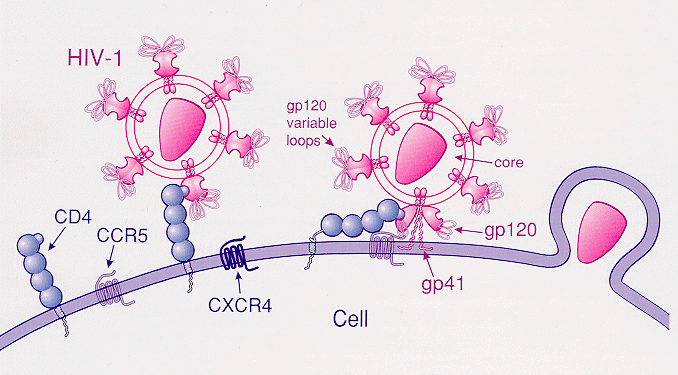Stem Cells and HIV


Stem cells are very unique and different than other cells in the body. Stem cells can divide and renew themselves for long periods, are not specific or committed to a certain pathway and can be designated to special cell types. Certain differentiation pathways of stem cells include hematopoetic stem cells, bone marrow stromal cells, skin stem cells, etc.
Stem cells are currently being developed to replace immune systems of those infected with HIV with immune systems that cannot be infected. this technique was used on Timothy Brown in the famously known case, the "Berlin Patient". Because CCR5 is a receptor which allos HIV to enter cells, mutations to the CCR5 gene would prevent the host from acquiring HIV. As a result, the plan with stem cells is to grow mutated cells and then transfer them into patients in order to protect them from the HIV infection. The reason this treatment is so difficult to carry through with is that there aren't many people with the naturally occuring CCR5 mutation. Further information about this discovery can be read here.
Stem Cell Basics
Stem Cell Application to HIV
Future of Stem Cells in HIV Treatment

The future of Stem Cells in HIV lies in the CCR5 gene. With mutations for the CCR5 gene in humans rare, scientist must find a way to mutate the gene on their own after removing stem cells from a person's bone marrow. If they are able to do so, those mutated stem cells could be inserted back into a person so that the HIV virus would not be able to infect due to the lack of the CCR5 receptor which enables HIV to enter its target cells. (#45)
